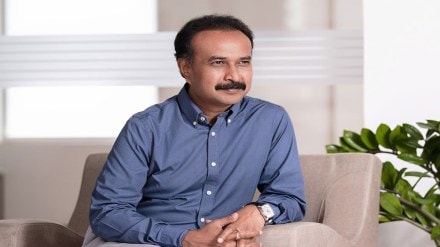As India positions itself as a key player in global supply chains, a new wave of manufacturing startups is emerging. Venture capital firm Accel is placing early bets on this shift, backing IP-led businesses like semiconductors, aerospace and electric vehicles. Prashanth Prakash, Partner at Accel tells Ayanti Bera advanced manufacturing is India’s next big startup opportunity and that public markets are beginning to reward innovation-led businesses. Excerpts:
What prompted Accel to focus on advanced manufacturing ?
There are four major tailwinds driving our thesis. First, strategic supply chain shifts from China+1 are turning India into a key destination. Second, large-scale government spending through the PLI scheme is giving way to design-led incentives (DLI) for high-end manufacuring. Third, there’s been a visible surge in founder-led startups approaching us with engineering-first innovations. And finally, the manufacturing opportunity itself is massive- it’s moving from $500 billion today to an estimated $1.3 trillion by 2030.
How does Accel define “advanced manufacturing”?
Advanced manufacturing has engineering at its core. These are companies building real IP-led moats. We categorise it into three innovation vectors: Product-led innovation (eg embedded aviation systems by Nabhdrishti), process-led innovation (e.g. Scimplify’s AI-optimised formulations), and equipment-led innovation (eg Fabheads’ proprietary 3D printers).
How are you approaching funding timelines?
That’s changing rapidly. Earlier, these companies relied on DST (department of space and technology) grants or micro seed funds. But now, larger investors are showing confidence in industrial AI and full-stack engineering startups. Once you get more capital into these spaces, you can accelerate the whole build-out phases, and you’ll see a very different dynamic in terms of gestation. We expect startups that would’ve taken 5–10 years earlier to now mature in 3–5 years. Initial rounds will be $5–10 million, but we anticipate $30–50 million rounds within 18–36 months.
What commercial benchmarks or product maturity do you look for at the seed or Series A stage?
We typically engage with companies that have at least a TRL-6 (technology readiness level) product. Some initial prototype that’s been validated, even if not fully commercialised. While we may make the rare exception for a pre-product company, our focus is post-R&D startups that have already shown early customer traction or pilots.
Should these startups build for India or aim globally?
Ideally both. We look for companies that are globally relevant but can find initial demand in India. Defence startups may find early traction only in India, but we will also look at those.
Public markets have traditionally favoured consumer tech…
Some of the large last-gen companies in this advanced manufacturing space and defence-led spaces are seeing better margins and valuations than consumer startups. That’s validation that the market sees value in IP-led businesses.
